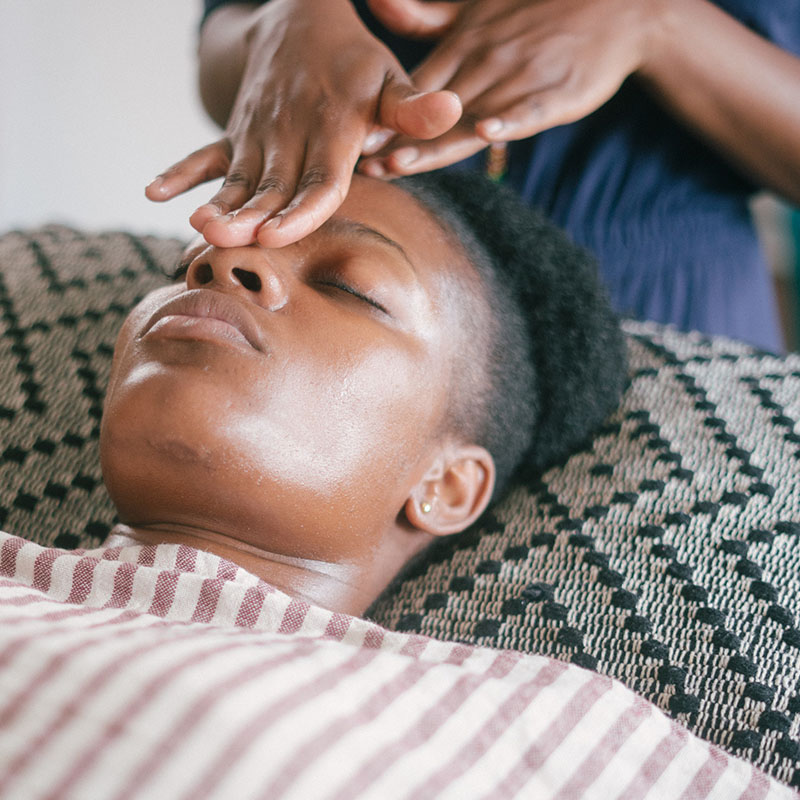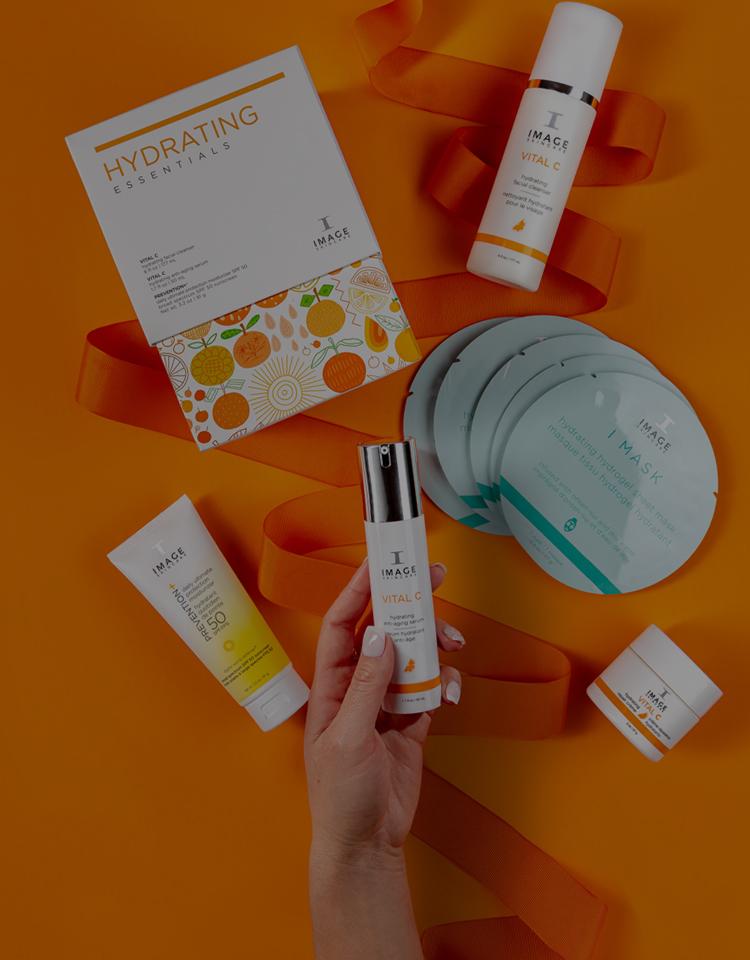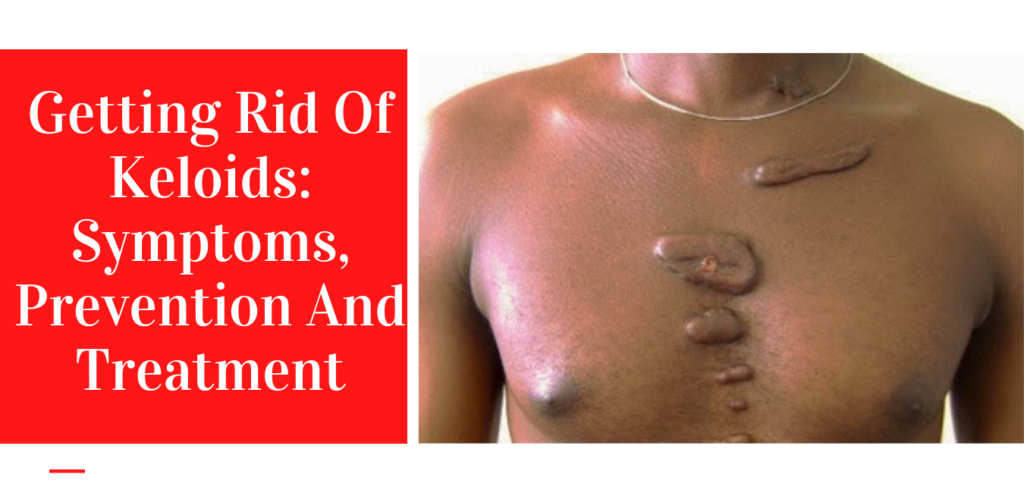Not everyone knows about Keloids and their effect on people’s self-esteem. Also, getting rid of keloids can become very frustrating if you are trying to do it on your own.
Growing up, I had always wanted to have that perfect body. One that I can proudly show off at the beach or at events that require revealing a bit of flesh. Lol. Call me vain all you like but who does not like these things.
Everything was going quite well, I was enjoying my teenage years until I had a growth around my cleavage that initially looked like a pimple, fear later creeped in when the growth refused to disappear after 2 days.
READ ALSO: USING CHEMICAL PEELS TO GET A HEALTHY, GLOWING SKIN
My fears soon turned to serious panic when after about 4 days, it was still right there.
I remember applying different medications on it, including iodine at some point.
However, it grew bigger and bigger and at some point, I just gave up.
That was the beginning of me having to always cover up, whether in the beach, party, or whatever event I attended.
Back then, internet was still a luxury, so I did not even know what it was called.
I later discovered that it was called keloids and it could be treated.
Although Keloids can be treated, it must be done by a professional to avoid further damage to your skin.
So, before getting rid of that keloid, what are those things you need to know?
What are Keloids?
According to Wikipedia, a keloid is caused by an excess of a protein (collagen) in the skin during healing.
When there is an injury on the skin, fibrous tissue (also known as scar tissue) forms over the wound to repair and protect the injury.
However, Keloids are formed when extra scar tissue grows, forming smooth and hard growths.
They however tend to be much larger than the initial wound.
Keloids can affect any part of our body, but they are mostly found on: the chest, shoulders, earlobes, and cheeks.
What are the symptoms of Keloids?
Keloids as we have earlier seen are caused by an excess of a protein (collagen) in the skin during healing and the symptoms of a keloid can include:
- a localized area that is flesh-colored, pink, or red.
- a lumpy or ridged area of skin that is usually raised.
- an area that continues to grow larger with scar tissue over time.
- an itchy patch of skin
While the scars may be itchy, they are usually not harmful to your health. You may experience discomfort, tenderness, or possible irritation from your clothing or other forms of friction.
For a lot of people though, they are often more of a cosmetic concern than a health one.
For instance, because mine was located around my cleavage (I wish i had gotten rid of it earlier), it made me self-conscious because I had to be very deliberate about everything that had to do with that part of my body.
Causes of Keloids
Keloids are usually caused by different types of skin injury. However, the following are well known to cause keloid scarring:
- Burns
- Chickenpox scars
- Acne scars
- Ear piercing
- Surgical incision sites
- Vaccination sites
Keloid scarring is not known to be peculiar to any gender as it is common amongst males and females.
However, some experts agree that it does have a genetic component. Put simply, this means that there is high probability of you having keloids if one or both of your parents have them.
Also, studies have revealed that people with darker skin tones are more prone to keloids.
Can Keloids be treated?
Yes, Keloids can be treated. Most doctors usually combine a variety of treatments to produce the best result. Treatments are usually focused on flattening, softening, or shrinking the keloid. Keloid treatments include the following:
- Surgical removal. This involves cutting out the keloid. Most keloids will return after this treatment.
- Freezing the scar. Called cryotherapy, this can be used to reduce the hardness and size of the keloid. It works best on small keloids.
- Corticosteroid shots. The medicine in these shots helps shrink the scar.
- Wearing silicone sheets or gel over the scar. This can help flatten the keloid.
- Laser therapy. This can help flatten the keloid. It also can fade the color.
- Pressure treatment. After keloid surgery, keeping pressure on the area reduces blood flow. This can help keep a keloid from returning.
It is not advisable that you get a procedure done just because you want to get rid of keloids without seeing a doctor.
Before taking your next steps, please see a doctor to help you make an informed decision. If you would like to meet one-on-one with any of our in-house doctors please click here to book an appointment.
How to Prevent Keloids
Like the old saying goes, “prevention is better than cure.” It is better to prevent keloids than to go through the process of trying to get rid of them.
If you are prone to keloids, experts advise that you try to avoid body piercings, tattoos, and cosmetic surgery. However, in a situation where a surgery is unavoidable, doctors can take special precautions to minimize the formation of keloids at the site of the incision.
To prevent keloids after a minor skin injury, start treating it right away. This may help it heal faster and with less scarring.
If you wan to get rid of keloids, using the following tips to treat the area may help prevent its growth:
Cover a new wound with a thin layer of petroleum jelly, such as Vaseline, and a nonstick bandage. Hold the bandage in place with tape so that there is even pressure on the wound. Wash the area with soap and water every day.
After a wound is healed over, use a silicone gel bandage. Keep even pressure on the area. This may prevent keloid growth. Keep the bandage on the skin for 12 to 24 hours a day for 2 to 3 months. (It takes 3 months for a keloid to grow).
After ear piercing, use pressure earrings. These are also called Zimmer splints.
You can talk to any of our doctors about your keloids right away by booking an appointment here.





